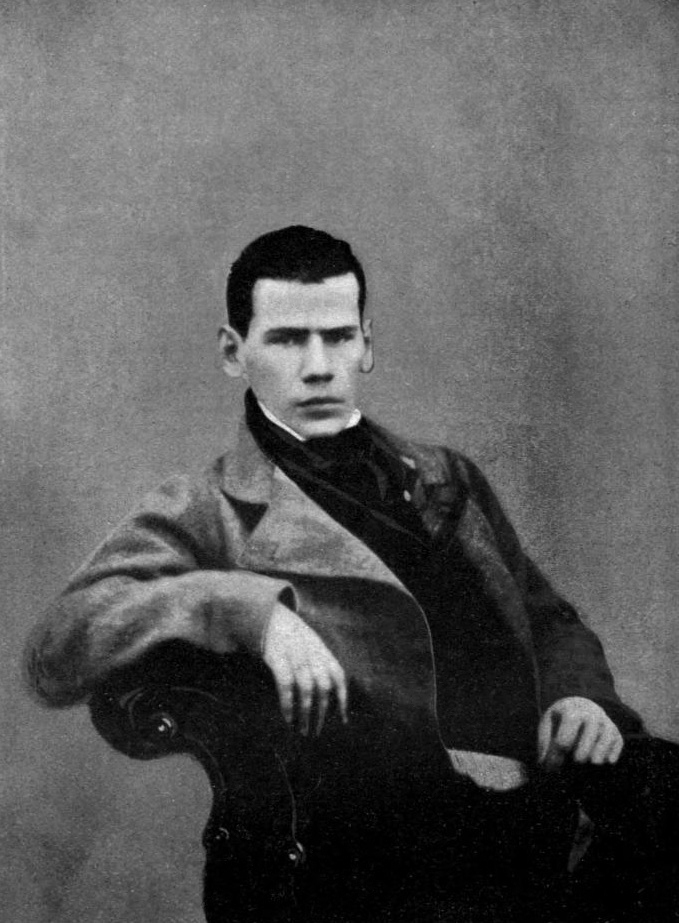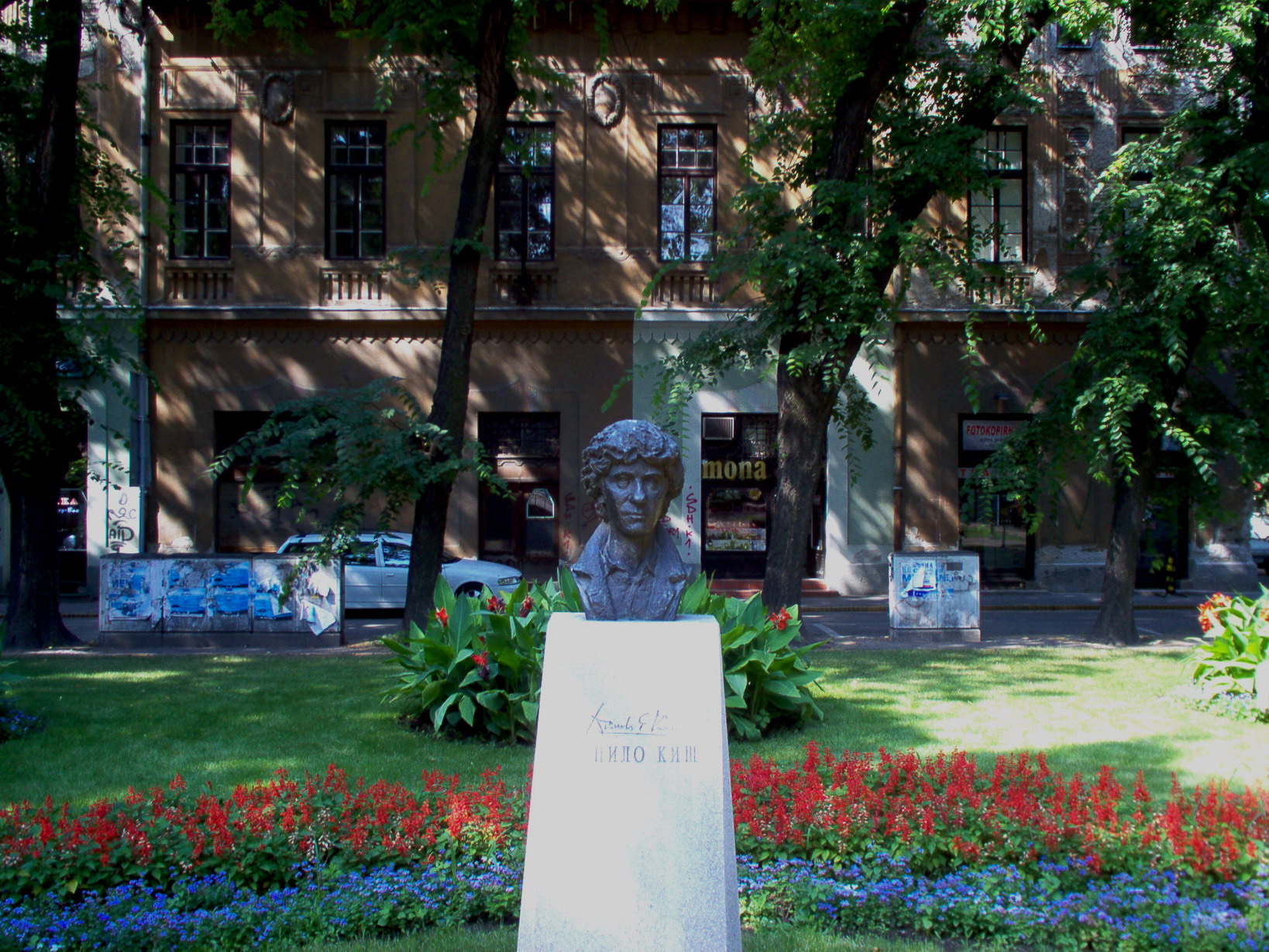|
Serbian Academy Of Science And Art
The Serbian Academy of Sciences and Arts (; , SANU) is a national academy and the most prominent academic institution in Serbia, founded in 1841 as Society of Serbian Letters (, DSS). The Academy's membership has included Nobel laureates Ivo Andrić, Leopold Ružička, Vladimir Prelog, Glenn T. Seaborg, Mikhail Sholokhov, Aleksandr Solzhenitsyn, and Peter Handke as well as, Josif Pančić, Jovan Cvijić, Branislav Petronijević, Vlaho Bukovac, Mihajlo Pupin, Nikola Tesla, Milutin Milanković, Mihailo Petrović-Alas, Mehmed Meša Selimović, Danilo Kiš, Paja Jovanović, Dmitri Mendeleev, Victor Hugo, Leo Tolstoy, Jacob Grimm, Antonín Dvořák, Henry Moore and many other scientists, scholars and artists of Serbian and foreign origin. History Predecessors The Serbian Royal Academy of Sciences () was the successor to the Serbian Learned Society () with which it merged in 1892 and accepted its members as its own either regular or honorary members, its tasks and its place in ... [...More Info...] [...Related Items...] OR: [Wikipedia] [Google] [Baidu] |
Belgrade
Belgrade is the Capital city, capital and List of cities in Serbia, largest city of Serbia. It is located at the confluence of the Sava and Danube rivers and at the crossroads of the Pannonian Basin, Pannonian Plain and the Balkan Peninsula. The population of the Belgrade metropolitan area is 1,685,563 according to the 2022 census. It is one of the Balkans#Urbanization, major cities of Southeast Europe and the List of cities and towns on the river Danube, third-most populous city on the river Danube. Belgrade is one of the List of oldest continuously inhabited cities, oldest continuously inhabited cities in Europe and the world. One of the most important prehistoric cultures of Europe, the Vinča culture, evolved within the Belgrade area in the 6th millennium BC. In antiquity, Thracians, Thraco-Dacians inhabited the region and, after 279 BC, Celts settled the city, naming it ''Singidunum, Singidūn''. It was Roman Serbia, conquered by the Romans under the reign of Augustus and ... [...More Info...] [...Related Items...] OR: [Wikipedia] [Google] [Baidu] |
Jovan Cvijić
Jovan Cvijić ( sr-Cyrl, Јован Цвијић, ; 1865 – 16 January 1927) was a Serbs, Serbian geographer, Ethnology, ethnologist, university professor and academic. He was the president of the Serbian Academy of Sciences and Arts, Serbian Royal Academy of Sciences and Rector (academia), rector of the University of Belgrade. Cvijić is considered the founder of geography in Serbia. He began his scientific career as a geographer and geologist, and continued his activity as a Human geography, human geographer and sociologist. He initiated the ''Serbian Ethnographic Collection'' (''Srpski etnološki zbornik''), within which 102 books were published, representing a unique scientific and interdisciplinary project on a global scale. Jovan Cvijić received numerous awards and medals, both domestically and internationally, for his work. Early life and family Cvijić was born in Loznica, in the westernmost part of the Principality of Serbia. His family was part of the Spaso ... [...More Info...] [...Related Items...] OR: [Wikipedia] [Google] [Baidu] |
Jacob Grimm
Jacob Ludwig Karl Grimm (4 January 1785 – 20 September 1863), also known as Ludwig Karl, was a German author, linguist, philologist, jurist, and folklorist. He formulated Grimm's law of linguistics, and was the co-author of the ''Deutsches Wörterbuch'', the author of ''Deutsche Mythologie'', and the editor of ''Grimms' Fairy Tales''. He was the older brother of Wilhelm Grimm; together, they were the literary duo known as the Brothers Grimm. Life and books Jacob Grimm was born 4 January 1785, in Hanau in Landgraviate of Hesse-Kassel, Hesse-Kassel. His father, Philipp Grimm, was a lawyer who died while Jacob was a child, and his mother Dorothea Grimm, Dorothea was left with a very small income. Her sister was the lady of the chamber to the Landgravine of Hesse, and she helped to support and educate the family. Jacob was sent to the public school at Kassel in 1798 with his younger brother Wilhelm Grimm, Wilhelm. In 1802, he went to the University of Marburg, where he stud ... [...More Info...] [...Related Items...] OR: [Wikipedia] [Google] [Baidu] |
Leo Tolstoy
Count Lev Nikolayevich Tolstoy Tolstoy pronounced his first name as , which corresponds to the romanization ''Lyov''. () (; ,Throughout Tolstoy's whole life, his name was written as using Reforms of Russian orthography#The post-revolution reform, pre-reform Russian orthography. ; ), usually referred to in English as Leo Tolstoy, was a Russian writer. He is regarded as one of the greatest and most influential authors of all time. Born to an aristocratic family, Tolstoy achieved acclaim in his twenties with his semi-autobiographical trilogy, ''Childhood (Tolstoy novel), Childhood'', ''Boyhood (novel), Boyhood'' and ''Youth (Tolstoy novel), Youth'' (1852–1856), and with ''Sevastopol Sketches'' (1855), based on his experiences in the Crimean War. His ''War and Peace'' (1869), ''Anna Karenina'' (1878), and ''Resurrection (Tolstoy novel), Resurrection'' (1899), which is based on his youthful sins, are often cited as pinnacles of Literary realism, realist fiction and three of th ... [...More Info...] [...Related Items...] OR: [Wikipedia] [Google] [Baidu] |
Victor Hugo
Victor-Marie Hugo, vicomte Hugo (; 26 February 1802 – 22 May 1885) was a French Romanticism, Romantic author, poet, essayist, playwright, journalist, human rights activist and politician. His most famous works are the novels ''The Hunchback of Notre-Dame'' (1831) and ''Les Misérables'' (1862). In France, Hugo is renowned for his poetry collections, such as and (''The Legend of the Ages''). Hugo was at the forefront of the Romanticism, Romantic literary movement with his play ''Cromwell (play), Cromwell'' and drama ''Hernani (drama), Hernani''. His works have inspired music, both during his lifetime and after his death, including the opera ''Rigoletto'' and the musicals ''Les Misérables (musical), Les Misérables'' and ''Notre-Dame de Paris (musical), Notre-Dame de Paris''. He produced more than 4,000 drawings in his lifetime, and campaigned for social causes such as the abolition of Capital punishment in France, capital punishment and Abolitionism, slavery. Although he ... [...More Info...] [...Related Items...] OR: [Wikipedia] [Google] [Baidu] |
Dmitri Mendeleev
Dmitri Ivanovich Mendeleev ( ; ) was a Russian chemist known for formulating the periodic law and creating a version of the periodic table of elements. He used the periodic law not only to correct the then-accepted properties of some known elements, such as the valence and atomic weight of uranium, but also to predict the properties of three elements that were yet to be discovered (germanium, gallium and scandium). Early life Mendeleev was born in the village of Verkhnie Aremzyani, near Tobolsk in Siberia, to Ivan Pavlovich Mendeleev (1783–1847) and Maria Dmitrievna Mendeleeva (née Kornilieva) (1793–1850).''Maria Mendeleeva (1951)''. D. I. Mendeleev's Archive: Autobiographical Writings. Collection of Documents. Volume 1 /Biographical notes about D. I. Mendeleev (written by me – D. Mendeleev), p. 13 – Leningrad: D. I. Mendeleev's Museum-Archive, 207 pages (in Russian) Ivan worked as a school principal and a teacher of fine arts, politics and philosophy at the Tambov an ... [...More Info...] [...Related Items...] OR: [Wikipedia] [Google] [Baidu] |
Paja Jovanović
Pavle "Paja" Jovanović ( sr-cyr, Павле "Паја" Јовановић; ; 16 June 1859 – 30 November 1957) was a Serbian realist painter who painted more than 1,100 works including: '' The Wounded Montenegrin'' (1882), '' Decorating of the Bride'' (1886), '' The Takovo Uprising'' (1894), '' Migration of the Serbs'' (1896) and ''The Proclamation of Dušan's Law Codex'' (1900). As one of the best European painters of oriental scenes, Paja at the end of the 19th century turned to painting historical events of Serbian history. Paja was also the premier portraitist of Europe after 1905. He painted the Emperor Franz Joseph I of Austria 15 times. He painted royalty, major industrialists, scientists, bankers, oil barons and monopolists, including certain heirs to the Standard Oil fortune in the United States. He was a very sought-after portraitist world-wide, which made him incredibly wealthy in his lifetime. Many European and international museums carry his works, signed under va ... [...More Info...] [...Related Items...] OR: [Wikipedia] [Google] [Baidu] |
Danilo Kiš
Danilo Kiš (; born Dániel Kiss; 22 February 1935 – 15 October 1989) was a Yugoslav and Serbian novelist, short story writer, essayist and translator. His best known works include ''Hourglass'', '' A Tomb for Boris Davidovich'' and '' The Encyclopedia of the Dead''. Life and work Early life Danilo Kiš was born in Subotica, Danube Banovina, Kingdom of Yugoslavia (present-day Serbia). His parents were Eduard Kiš (), a Hungarian-speaking Jewish railway inspector, and Milica (née Dragićević), a Montenegrin Serb from Cetinje. His father was born in Austria-Hungary with the surname Kohn, but changed it to Kis as part of Magyarization, a widely implemented practice at the time. Kiš's parents met in 1930 in Subotica and married the following year. Milica gave birth to a daughter, Danica, in Zagreb in 1932 before the family relocated to Subotica. Kiš's father was an unsteady and often absent figure in Danilo's childhood. Eduard Kiš spent time in a psychiatric hospital i ... [...More Info...] [...Related Items...] OR: [Wikipedia] [Google] [Baidu] |
Meša Selimović
Mehmed "Meša" Selimović (; ; 26 April 1910 – 11 July 1982) was a Yugoslav writer, whose works are widely considered some of the most important in Bosnian and Serbian literature.LZMK / Hrvatska enciklopedija: Selimović, Meša (Mehmed) Retrieved 17. December 2014. Some of the main themes in his works are the relations between individuality and authority, life and death, and other existential problems. Biography Selimović was born to a prominent Bosnian Muslim on 26 April 1910 in , Bosnia and Herzegovina, where he graduated from elementary school and high ...[...More Info...] [...Related Items...] OR: [Wikipedia] [Google] [Baidu] |






